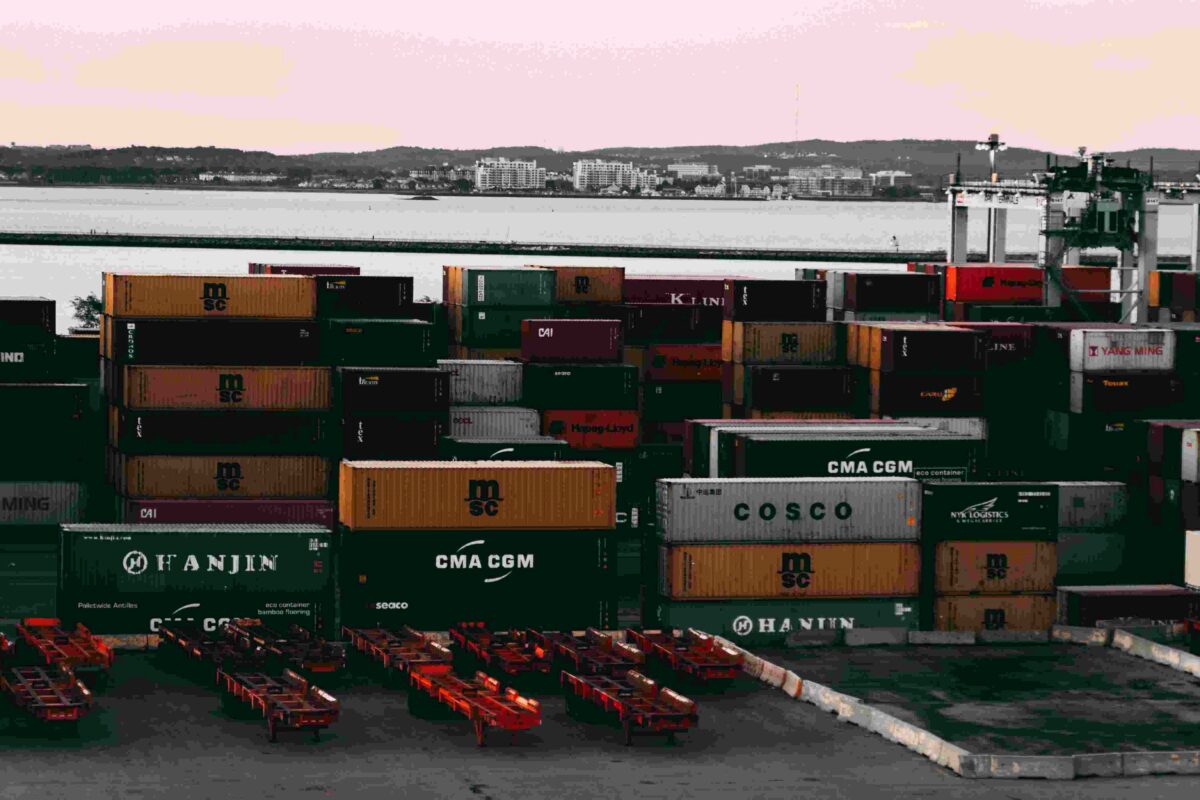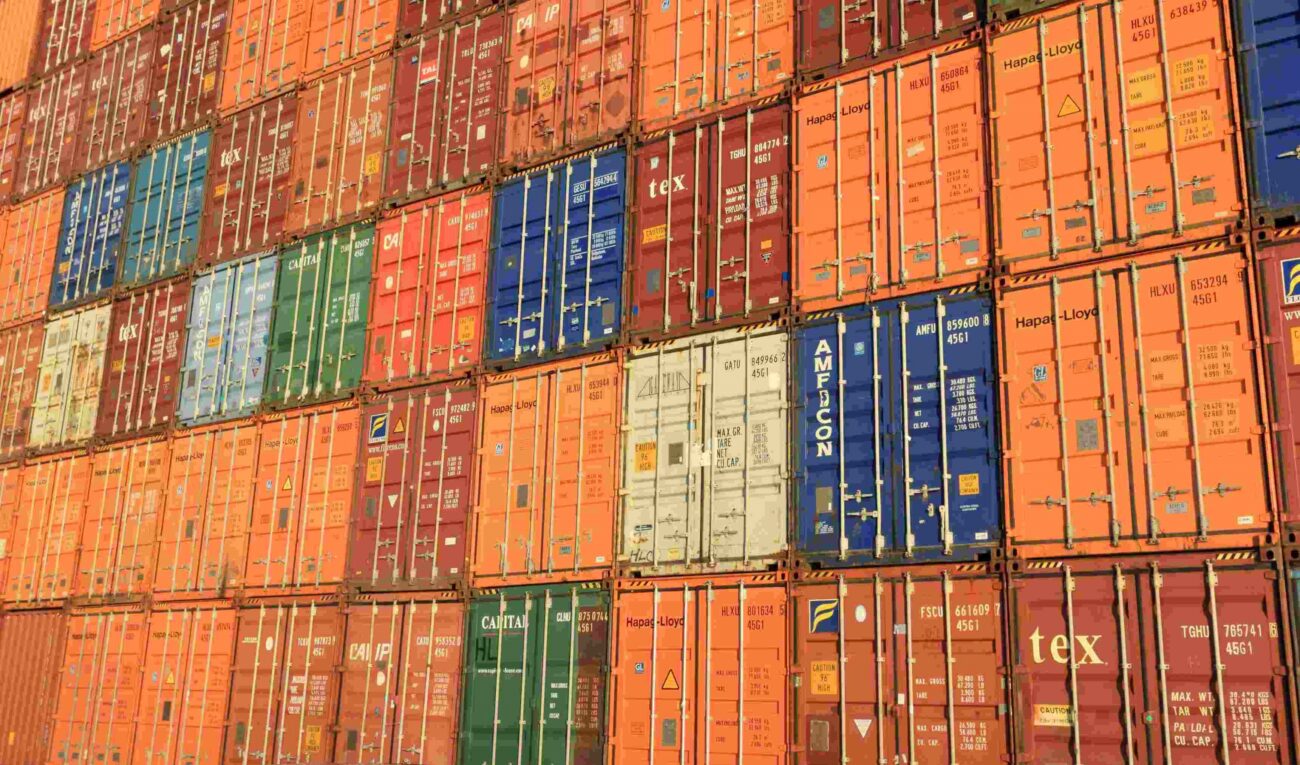In the last decades, globalization grew a lot, as countries that opened more to global trade and international markets grew more rapidly than those that adopted a stricter approach. Such growth is mainly due to rapid advancements in communication technologies and transportation systems.
Furthermore, more and more businesses, even small ones, want to expand abroad. Expanding to new countries provides access to a larger customer base, and this enhances the chances to grow sales and revenues. Also, a global presence gives companies more credibility and brand image, appearing more professional and competitive.
Supply chain management plays an important role in the success of import-export operations, and knowing how to organize things such as logistics, demand planning, and warehousing is essential for achieving success in this world.
This being said, what are the key steps every business should take to start trading internationally in a safe and effective way? Let’s see!
Preparing for International Trade
Markets are complex environments composed of many individuals and businesses that must be studied and that require some attention. In this regard, analyzing target countries, product demand and competition may be crucial to understand which market could be more profitable.
When we operate in countries different from ours, we must consider we may run into different agreements and licenses, and conforming to such regulations is important to prevent legal troubles that may cost you money. For instance, a small food producer planning to export its products abroad must acknowledge sanitary certifications and packaging regulation required by certain markets.
Also, finding reliable partners and trustworthy suppliers can help you ensure timely and consistent delivery of goods, minimizing risks and the rise of unexpected issues.
An example of such disruptions maybe the case of an electronics company which rely on overseas suppliers to deliver microchips. If these suppliers start delivering broken items or do not respect deadlines, this may lead to production stops and bad reviews from clients, weakening the brand’s reputation.

Logistics and supply chain management: what to do?
The first thing to understand is the context and the role of our logistics. For instance, will we use maritime, air or land transport?
If your business exports large quantities of heavy goods like machinery or raw materials (wood, steel…), maritime is often the most cost-effective solution, even if it takes longer.
On the other hand, if you have fresh food or pharmaceuticals, air freight would be more convenient. If you want any support for this you can contact us and we’ll be happy to help you.
Then, coordinating suppliers, carriers, customs and warehouses is as important as taking care of digital documents and IoT solutions for monitoring sensitive goods.
Let’s make a practical example. If your company imports goods from Asia, you must coordinate with the suppliers regarding production timelines, quality check and deadlines, arrange carriers to move the goods from the factory to the port, work with customs brokers to handle documentation and duties, and finally plan warehouse storage in Europe to prepare for distribution.
If one of these steps is delayed, the entire chain can collapse, and this may result in late deliveries, higher costs and so on. This is why coordination is the core principal in supply chain management.
Another step you should not neglect is sustainability. More and more companies nowadays are choosing greener routes and partners to lower the environmental impact of logistics. Some companies, for example, are choosing rail transport over long-haul trucking because it produces less CO2 and energy costs.
As you can see, investing in planning and supply chain management means unlocking new opportunities and lowering costs due to potentail incidents.


